A6-6310 [in 18 benchmarks]
AMD
A6-6310
Buy
- Interface
- Core clock speed
- Max video memory
- Memory type
- Memory clock speed
- Maximum resolution
Summary
AMD started AMD A6-6310 sales 29 April 2014. This is a Beema architecture notebook processor primarily aimed at office systems. It has 4 cores and 4 threads, and is based on 28nm manufacturing technology, with a maximum frequency of 2400 MHz and a locked multiplier.
Compatibility-wise, this is FT3b processor with a TDP of 15 Watt. It supports DDR3-1865 memory.
It provides poor benchmark performance at
1.34%
of a leader’s which is AMD EPYC 9654.
EPYC
9654
Compare
General info
A6-6310 processor market type (desktop or notebook), architecture, sales start time and pricing.
| Place in performance rating | 2128 | |
| Market segment | Laptop | |
| Series | AMD A-Series | |
| Architecture codename | Beema (2014) | |
| Release date | 29 April 2014 (8 years old) |
|
| Current price | $302 | of 25332 (Xeon Platinum 8276L) |
Technical specs
Basic microprocessor parameters such as number of cores, number of threads, base frequency and turbo boost clock, lithography, cache size and multiplier lock state. These parameters can generally indicate CPU performance, but to be more precise you have to review its test results.
| Physical cores | 4 (Quad-Core) | |
| Threads | 4 | |
| Base clock speed | 1.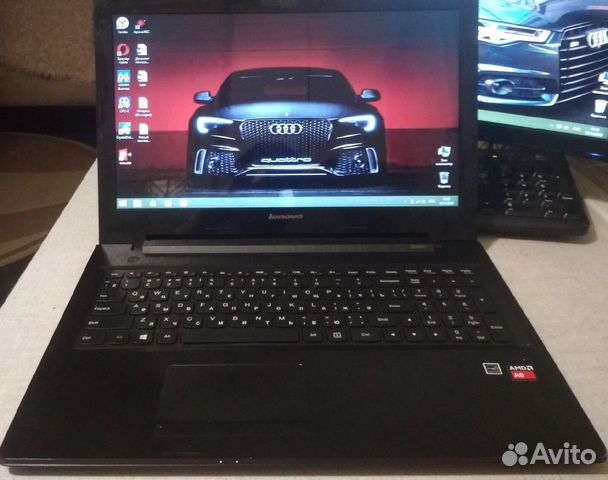 8 GHz 8 GHz |
of 4.7 (Ryzen 9 7900X) |
| Boost clock speed | 2.4 GHz | of 6 (Core i9-13900KS) |
| L2 cache | 2048 KB | of 12288 (Core 2 Quad Q9550) |
| Chip lithography | 28 nm | of 4 (Ryzen 9 7940HS) |
| Die size | 107 mm2 | |
| Number of transistors | 930 Million | of 9900000 (Ryzen 9 7845HX) |
| 64 bit support | + | |
| Windows 11 compatibility | — |
Compatibility
Information on A6-6310 compatibility with other computer components and devices: motherboard (look for socket type), power supply unit (look for power consumption) etc. Useful when planning a future computer configuration or upgrading an existing one.
Note that power consumption of some processors can well exceed their nominal TDP, even without overclocking. Some can even double their declared thermals given that the motherboard allows to tune the CPU power parameters.
Some can even double their declared thermals given that the motherboard allows to tune the CPU power parameters.
| Socket | FT3b | |
| Thermal design power (TDP) | 15 Watt | of 400 (Xeon Platinum 9282) |
Technologies and extensions
Technological capabilities and additional instructions supported by A6-6310. You’ll probably need this information if you require some particular technology.
| Instruction set extensions | 86x SSE (1, 2, 3, 3S, 4.1, 4.2, 4A),-64, AES, AVX, Single-Channel DDR3L-1866 | |
| AES-NI | + | |
| FMA | FMA4 | |
| AVX | + | |
| PowerTune | — | |
| TrueAudio | — | |
| PowerNow | + | |
| PowerGating | + | |
| Out-of-band client management | — | |
| VirusProtect | + |
Virtualization technologies
Supported virtual machine optimization technologies. Some are specific to Intel only, some to AMD.
Some are specific to Intel only, some to AMD.
| AMD-V | 1 | |
| IOMMU 2.0 | + |
Memory specs
Types, maximum amount and channel number of RAM supported by A6-6310’s memory controller. Depending on the motherboard, higher memory frequency may be supported.
| Supported memory types | DDR3-1865 | of 5600 (Ryzen 9 7940HS) |
| Max memory channels | 1 | of 12 (Xeon Platinum 9221) |
Graphics specifications
General parameters of GPU integrated into A6-6310.
| Integrated graphics card | AMD Radeon R4 Graphics | |
| Enduro | + | |
| Switchable graphics | 1 | |
| UVD | + | |
| VCE | + |
Graphics interfaces
Available interfaces and connections of A6-6310’s integrated GPU.
| DisplayPort | + | |
| HDMI | + |
Graphics API support
APIs supported by A6-6310’s integrated GPU, sometimes API versions are included.
| DirectX | DirectX® 12 | |
| Vulkan | 1 |
Peripherals
Specifications and connection types of supported peripherals.
| PCIe version | 2.0 | of 5 (EPYC 9654) |
Benchmark performance
Single-core and multi-core benchmark results of A6-6310. Overall benchmark performance is measured in points in 0-100 range, higher is better.
Overall score
This is our combined benchmark performance rating. We are regularly improving our combining algorithms, but if you find some perceived inconsistencies, feel free to speak up in comments section, we usually fix problems quickly.
A6-6310
1.34
- Passmark
- GeekBench 5 Single-Core
- GeekBench 5 Multi-Core
- Cinebench 10 32-bit single-core
- Cinebench 10 32-bit multi-core
- 3DMark06 CPU
- Cinebench 11.5 64-bit multi-core
- Cinebench 15 64-bit multi-core
- Cinebench 15 64-bit single-core
- Cinebench 11.5 64-bit single-core
- TrueCrypt AES
- x264 encoding pass 2
- x264 encoding pass 1
- WinRAR 4.0
- Geekbench 3 32-bit multi-core
- Geekbench 3 32-bit single-core
- Geekbench 2
Passmark
Passmark CPU Mark is a widespread benchmark, consisting of 8 different types of workload, including integer and floating point math, extended instructions, compression, encryption and physics calculation.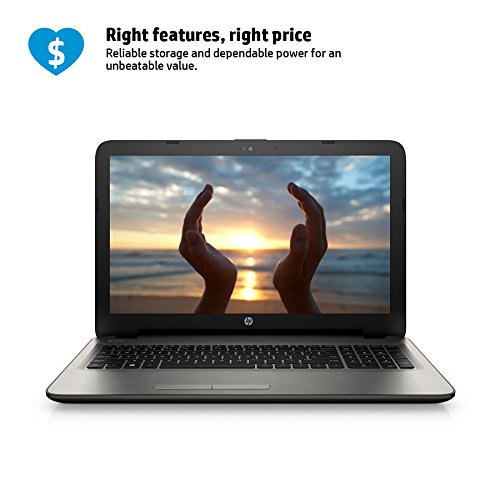 There is also one separate single-threaded scenario measuring single-core performance.
There is also one separate single-threaded scenario measuring single-core performance.
Benchmark coverage: 67%
A6-6310
1667
GeekBench 5 Single-Core
GeekBench 5 Single-Core is a cross-platform application developed in the form of CPU tests that independently recreate certain real-world tasks with which to accurately measure performance. This version uses only a single CPU core.
Benchmark coverage: 37%
A6-6310
245
GeekBench 5 Multi-Core
GeekBench 5 Multi-Core is a cross-platform application developed in the form of CPU tests that independently recreate certain real-world tasks with which to accurately measure performance. This version uses all available CPU cores.
Benchmark coverage: 37%
A6-6310
720
Cinebench 10 32-bit single-core
Cinebench R10 is an ancient ray tracing benchmark for processors by Maxon, authors of Cinema 4D.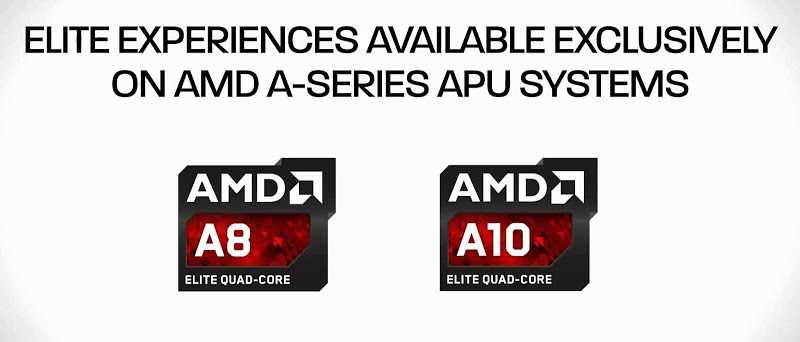 Its single core version uses just one CPU thread to render a futuristic looking motorcycle.
Its single core version uses just one CPU thread to render a futuristic looking motorcycle.
Benchmark coverage: 20%
A6-6310
1829
Cinebench 10 32-bit multi-core
Cinebench Release 10 Multi Core is a variant of Cinebench R10 using all the processor threads. Possible number of threads is limited by 16 in this version.
Benchmark coverage: 19%
A6-6310
5612
3DMark06 CPU
3DMark06 is a discontinued DirectX 9 benchmark suite from Futuremark. Its CPU part contains two scenarios, one dedicated to artificial intelligence pathfinding, another to game physics using PhysX package.
Benchmark coverage: 19%
A6-6310
2730
Cinebench 11.5 64-bit multi-core
Cinebench Release 11.5 Multi Core is a variant of Cinebench R11.5 which uses all the processor threads.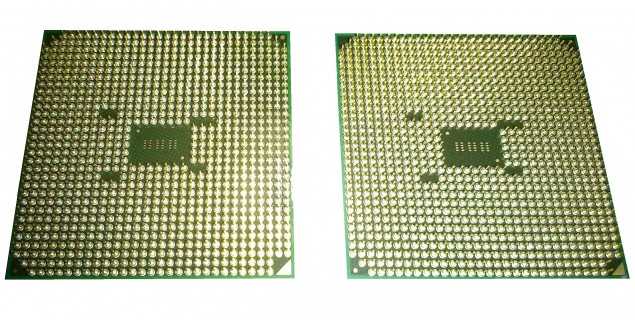 A maximum of 64 threads is supported in this version.
A maximum of 64 threads is supported in this version.
Benchmark coverage: 17%
A6-6310
2
Cinebench 15 64-bit multi-core
Cinebench Release 15 Multi Core (sometimes called Multi-Thread) is a variant of Cinebench R15 which uses all the processor threads.
Benchmark coverage: 14%
A6-6310
157
Cinebench 15 64-bit single-core
Cinebench R15 (standing for Release 15) is a benchmark made by Maxon, authors of Cinema 4D. It was superseded by later versions of Cinebench, which use more modern variants of Cinema 4D engine. The Single Core version (sometimes called Single-Thread) only uses a single processor thread to render a room full of reflective spheres and light sources.
Benchmark coverage: 14%
A6-6310
47
Cinebench 11.5 64-bit single-core
Cinebench R11. 5 is an old benchmark by Maxon, authors of Cinema 4D. It was superseded by later versions of Cinebench, which use more modern variants of Cinema 4D engine. The Single Core version loads a single thread with ray tracing to render a glossy room full of crystal spheres and light sources.
5 is an old benchmark by Maxon, authors of Cinema 4D. It was superseded by later versions of Cinebench, which use more modern variants of Cinema 4D engine. The Single Core version loads a single thread with ray tracing to render a glossy room full of crystal spheres and light sources.
Benchmark coverage: 14%
A6-6310
0.6
TrueCrypt AES
TrueCrypt is a discontinued piece of software that was widely used for on-the-fly-encryption of disk partitions, now superseded by VeraCrypt. It contains several embedded performance tests, one of them being TrueCrypt AES, which measures data encryption speed using AES algorithm. Result is encryption speed in gigabytes per second.
Benchmark coverage: 13%
A6-6310
1
x264 encoding pass 2
x264 Pass 2 is a slower variant of x264 video compression that produces a variable bit rate output file, which results in better quality since the higher bit rate is used when it is needed more.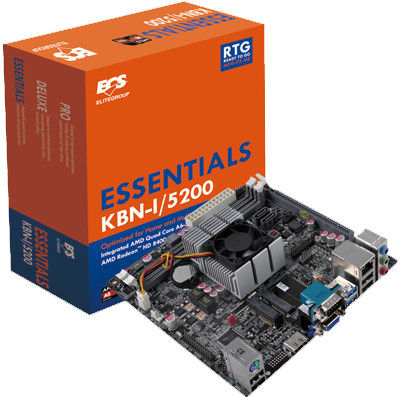 Benchmark result is still measured in frames per second.
Benchmark result is still measured in frames per second.
Benchmark coverage: 12%
A6-6310
11
x264 encoding pass 1
x264 version 4.0 is a video encoding benchmark uses MPEG 4 x264 compression method to compress a sample HD (720p) video. Pass 1 is a faster variant that produces a constant bit rate output file. Its result is measured in frames per second, which means how many frames of the source video file were encoded per second.
Benchmark coverage: 12%
A6-6310
52
WinRAR 4.0
WinRAR 4.0 is an outdated version of a popular file archiver. It contains an internal speed test, using ‘Best’ setting of RAR compression on large chunks of randomly generated data. Its results are measured in kilobytes per second.
Benchmark coverage: 12%
A6-6310
1247
Geekbench 3 32-bit multi-core
Benchmark coverage: 6%
A6-6310
3549
Geekbench 3 32-bit single-core
Benchmark coverage: 6%
A6-6310
1233
Geekbench 2
Benchmark coverage: 5%
A6-6310
4123
Relative perfomance
Overall A6-6310 performance compared to nearest competitors among notebook CPUs.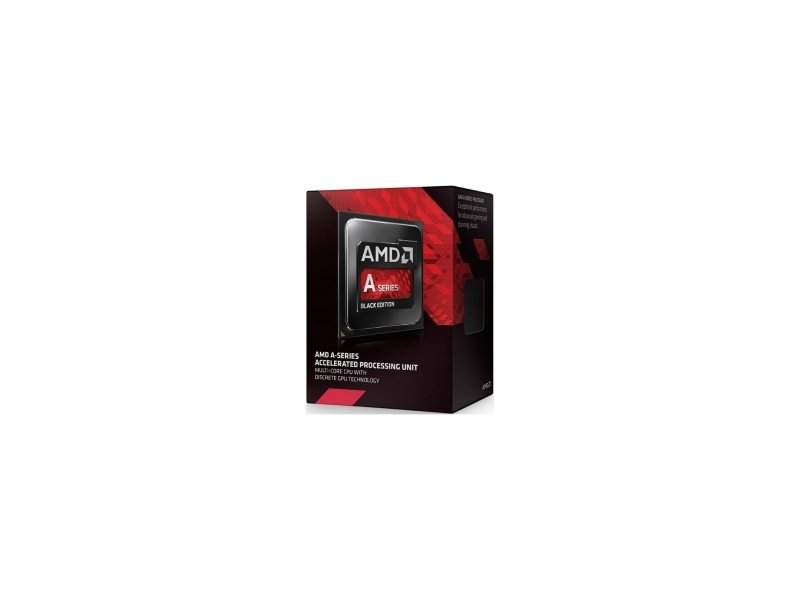
Intel Core i3-3120M
100.75
AMD A8-4500M
100
Intel Core i7-720QM
100
AMD A6-6310
100
Intel Core i3-4030Y
99.25
AMD A6-5200
99.25
AMD Phenom II X4 N970
99.25
A6-6310 Intel equivalent
We believe that the nearest equivalent to A6-6310 from Intel is Core i7-720QM, which is nearly equal in speed and lower by 4 positions in our rating.
Core i7
720QM
Compare
Here are some closest Intel rivals to A6-6310:
Intel Core 2 Duo T9300
100.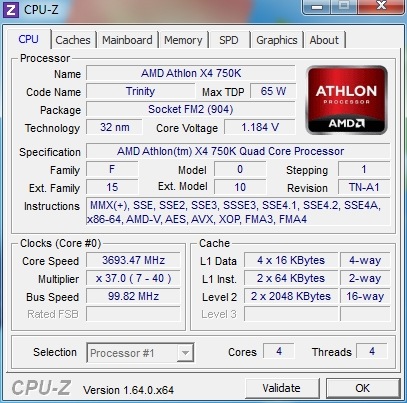 75
75
Intel Core i3-3120M
100.75
Intel Core i7-720QM
100
AMD A6-6310
100
Intel Core i3-4005U
99.25
Intel Core i3-4030Y
99.25
Intel Core i3-4010U
98.51
Similar processors
Here is our recommendation of several processors that are more or less close in performance to the one reviewed.
A8
4500M
Compare
Core i3
3120M
Compare
Core i3
4030Y
Compare
Core i3
4005U
Compare
A6
5200
Compare
A8
7100
Compare
Best GPUs for A6-6310
People consider these graphics cards to be good for A6-6310, according to our PC configuration statistics.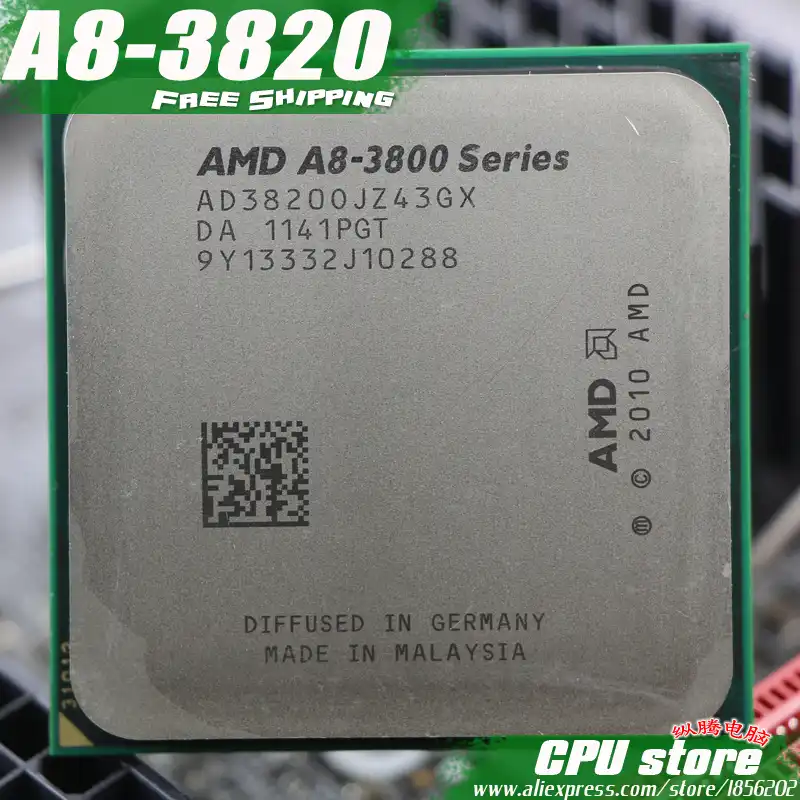
Radeon R4
Graphics
53.9%
Radeon R5
M330
8.7%
Radeon R5
M230
4.1%
Radeon R4
(Beema)
3.3%
Radeon R5
Graphics
1.8%
Radeon R4
Mobile Graphics
1.6%
Radeon
Graphics
1.6%
Radeon R7
M260
1.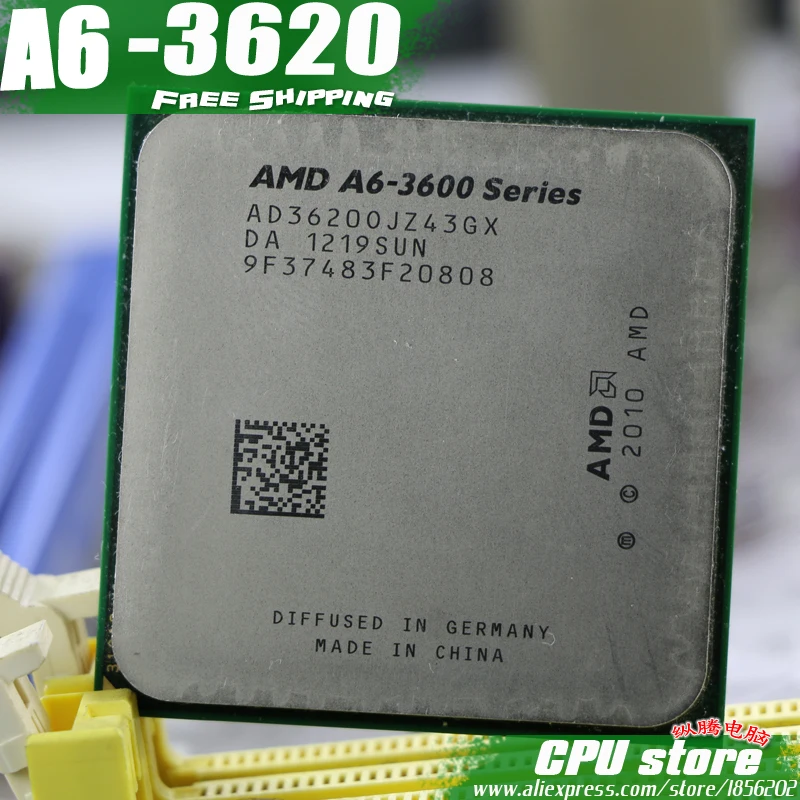 3%
3%
Radeon R5
M240
0.9%
Radeon R5
235 OEM
0.9%
These are the fastest graphics cards for A6-6310 in our user configuration statistics.
There is a total of 2356 configurations based on A6-6310 in our database.
GeForce RTX
4090
0.08% (2/2356)
GeForce RTX
3090 Ti
0.04% (1/2356)
GeForce RTX
3080 Ti
0.3% (7/2356)
GeForce RTX
3090
0. 2% (5/2356)
2% (5/2356)
Radeon RX
6900 XT
0.1% (3/2356)
GeForce RTX
2080 Ti
0.04% (1/2356)
Radeon RX
6800
0.04% (1/2356)
Quadro RTX
6000
0.04% (1/2356)
GeForce GTX
1080 Ti
0.1% (3/2356)
GeForce GTX
1070 SLI
0.04% (1/2356)
User rating
Here is the rating given to the reviewed processor by our users.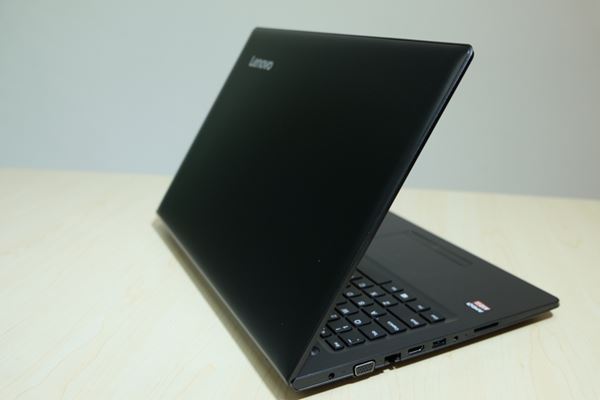 Let others know your opinion by rating it yourself.
Let others know your opinion by rating it yourself.
Questions and comments
Here you can ask a question about A6-6310, agree or disagree with our judgements, or report an error or mismatch.
Please enable JavaScript to view the comments powered by Disqus.
AMD A6-6310 processor review: CPU specs, performance benchmarks
Buy on Amazon
A6-6310 processor released by AMD; release date: 29 April 2014. The processor is designed for laptop-computers and based on Beema microarchitecture.
CPU is unlocked for overclocking. Total number of cores — 4, threads — 4. Maximum CPU clock speed — 2.4 GHz. Maximum operating temperature — 90°C. Manufacturing process technology — 28 nm. Cache size: L1 — 128 KB, L2 — 2 MB.
Supported memory types: DDR3L-1865.
Supported socket types: FT3b. Power consumption (TDP): 15 Watt.
The processor has integrated graphics AMD Radeon R4 Graphics with the following parameters: maximum frequency — 800 MHz, cores count — 128.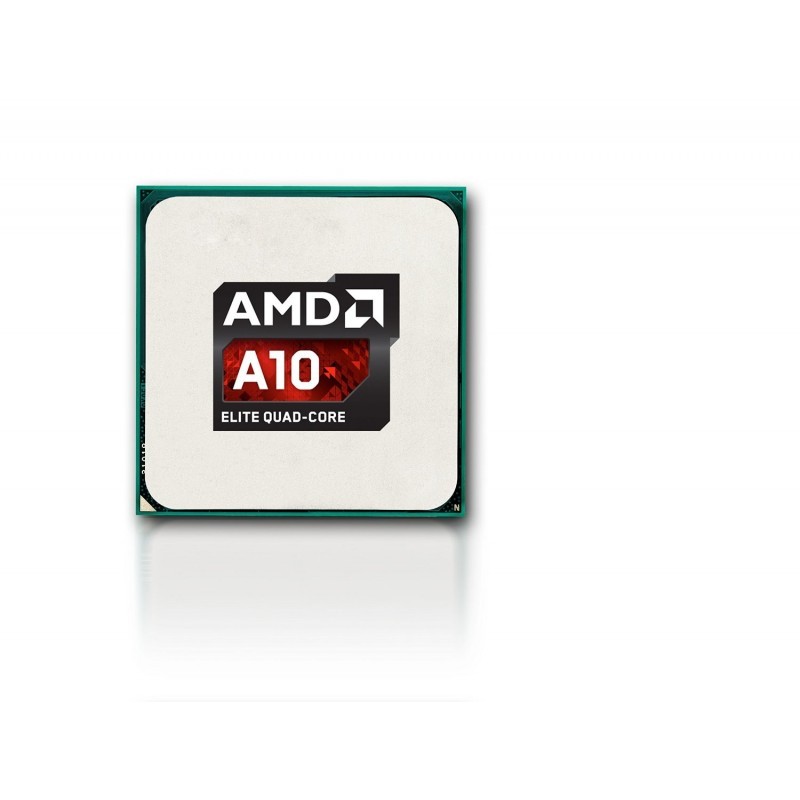
Benchmarks
| PassMark Single thread mark |
|
|
||||
| PassMark CPU mark |
|
|
||||
| Geekbench 4 Single Core |
|
|
||||
| Geekbench 4 Multi-Core |
|
|
||||
CompuBench 1.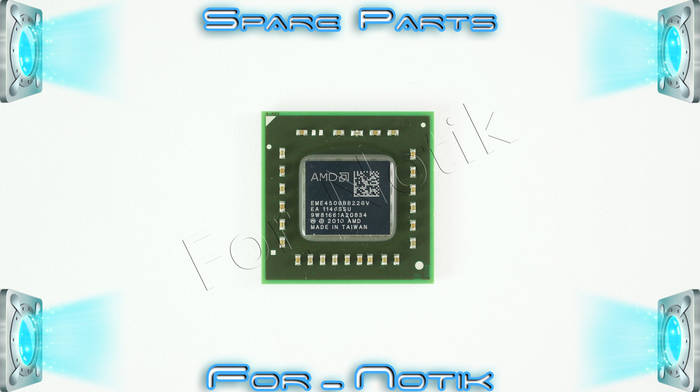 5 Desktop 5 DesktopFace Detection |
|
|
||||
| CompuBench 1.5 Desktop Ocean Surface Simulation |
|
|
||||
| CompuBench 1.5 Desktop T-Rex |
|
|
||||
| CompuBench 1.5 Desktop Video Composition |
|
|
||||
| CompuBench 1.5 Desktop Bitcoin Mining |
|
|
||||
| GFXBench 4.0 Car Chase Offscreen |
|
|
||||
| GFXBench 4.0 Manhattan |
|
|
||||
GFXBench 4.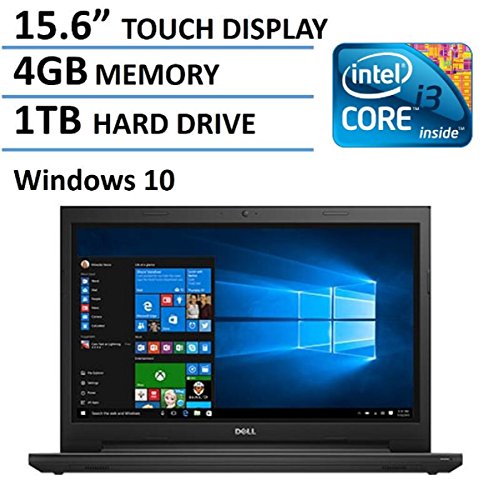 0 0T-Rex |
|
|
||||
| GFXBench 4.0 Car Chase Offscreen |
|
|
||||
| GFXBench 4.0 Manhattan |
|
|
||||
| GFXBench 4.0 T-Rex |
|
|
| Name | Value |
|---|---|
| PassMark — Single thread mark | 745 |
| PassMark — CPU mark | 1667 |
| Geekbench 4 — Single Core | 245 |
| Geekbench 4 — Multi-Core | 727 |
CompuBench 1.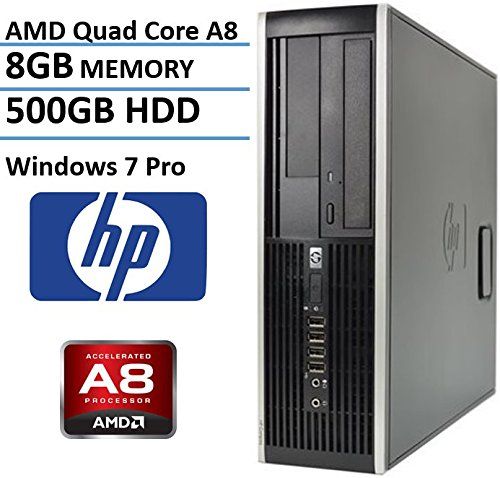 5 Desktop — Face Detection 5 Desktop — Face Detection |
2.598 mPixels/s |
| CompuBench 1.5 Desktop — Ocean Surface Simulation | 6.103 Frames/s |
| CompuBench 1.5 Desktop — T-Rex | 0.124 Frames/s |
| CompuBench 1.5 Desktop — Video Composition | 6.526 Frames/s |
| CompuBench 1.5 Desktop — Bitcoin Mining | 1.760 mHash/s |
| GFXBench 4.0 — Car Chase Offscreen | 625 Frames |
| GFXBench 4.0 — Manhattan | 1018 Frames |
| GFXBench 4.0 — T-Rex | 2308 Frames |
GFXBench 4.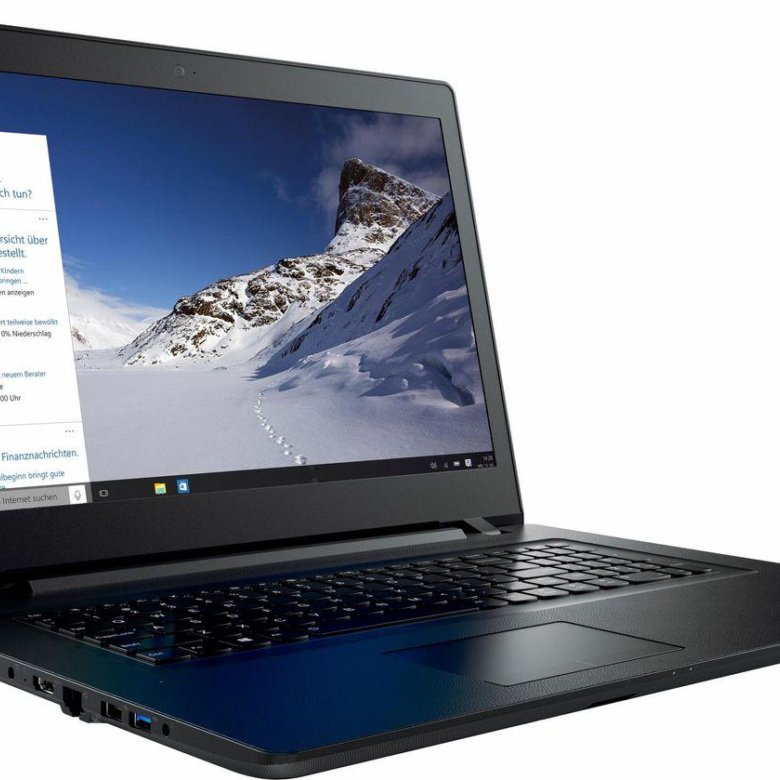 0 — Car Chase Offscreen 0 — Car Chase Offscreen |
625.000 Fps |
| GFXBench 4.0 — Manhattan | 1018.000 Fps |
| GFXBench 4.0 — T-Rex | 2308.000 Fps |
| Core clock speed | 800 MHz |
| Floating-point performance | 204.8 gflops |
| Manufacturing process technology | 28 nm |
| Pipelines | 128 |
| Texture fill rate | 6.4 GTexel / s |
| Thermal Design Power (TDP) | 15 Watt |
| Transistor count | 930 million |
Games performance
1. Hunt Showdown (2020)
Hunt Showdown (2020)
2. Escape from Tarkov (2020)
3. Red Dead Redemption 2 (2019)
4. Star Wars Jedi Fallen Order (2019)
5. Need for Speed Heat (2019)
6. Ghost Recon Breakpoint (2019)
7. Borderlands 3 (2019)
8. Control (2019)
9. Counter-Strike: GO (2012)
10. Total War: Three Kingdoms (2019)
11. F1 2019 (2019)
12. Anno 1800 (2019)
13. Dirt Rally 2.0 (2019)
14. Metro Exodus (2019)
15. Far Cry New Dawn (2019)
16.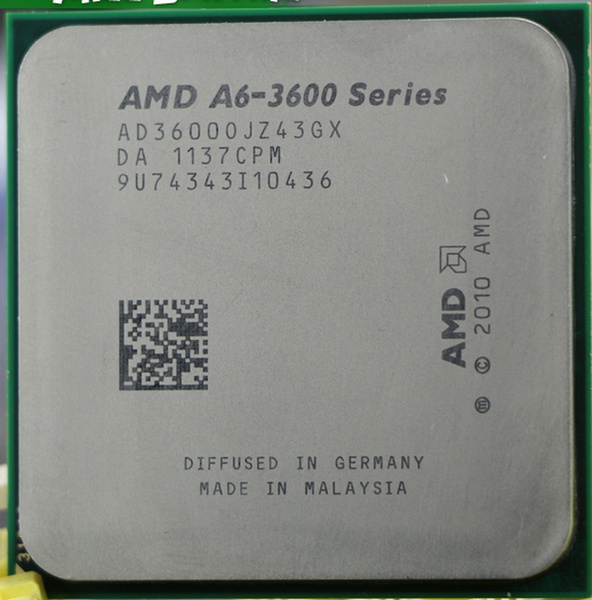 Apex Legends (2019)
Apex Legends (2019)
17. World of Tanks enCore (2018)
18. Just Cause 4 (2018)
19. Darksiders III (2018)
20. Farming Simulator 19 (2018)
21. Hitman 2 (2018)
22. Call of Duty Black Ops 4 (2018)
23. Assassin’s Creed Odyssey (2018)
24. Shadow of the Tomb Raider (2018)
25. F1 2018 (2018)
26. Monster Hunter World (2018)
27. Far Cry 5 (2018)
28. X-Plane 11.11 (2018)
29. Kingdom Come: Deliverance (2018)
30. Final Fantasy XV Benchmark (2018)
31. ELEX (2017)
ELEX (2017)
32. Middle-earth: Shadow of War (2017)
33. Team Fortress 2 (2017)
34. Dirt 4 (2017)
35. Rocket League (2017)
36. Ghost Recon Wildlands (2017)
37. For Honor (2017)
38. Resident Evil 7 (2017)
39. Farming Simulator 17 (2016)
40. Civilization VI (2016)
41. Battlefield 1 (2016)
42. Deus Ex Mankind Divided (2016)
43. Overwatch (2016)
44. Ashes of the Singularity (2016)
45. World of Warships (2015)
46. Dota 2 Reborn (2015)
Dota 2 Reborn (2015)
47. Dirt Rally (2015)
48. Dragon Age: Inquisition (2014)
49. Middle-earth: Shadow of Mordor (2014)
50. Sims 4 (2014)
51. Thief (2014)
52. BioShock Infinite (2013)
53. Tomb Raider (2013)
54. Diablo III (2012)
55. The Elder Scrolls V: Skyrim (2011)
56. Deus Ex Human Revolution (2011)
57. StarCraft 2 (2010)
58. Trackmania Nations Forever (2008)
Hunt Showdown (2020)
| Low, 1280×720 | 7.10 |
Escape from Tarkov (2020)
| Low, 1280×720 | 8.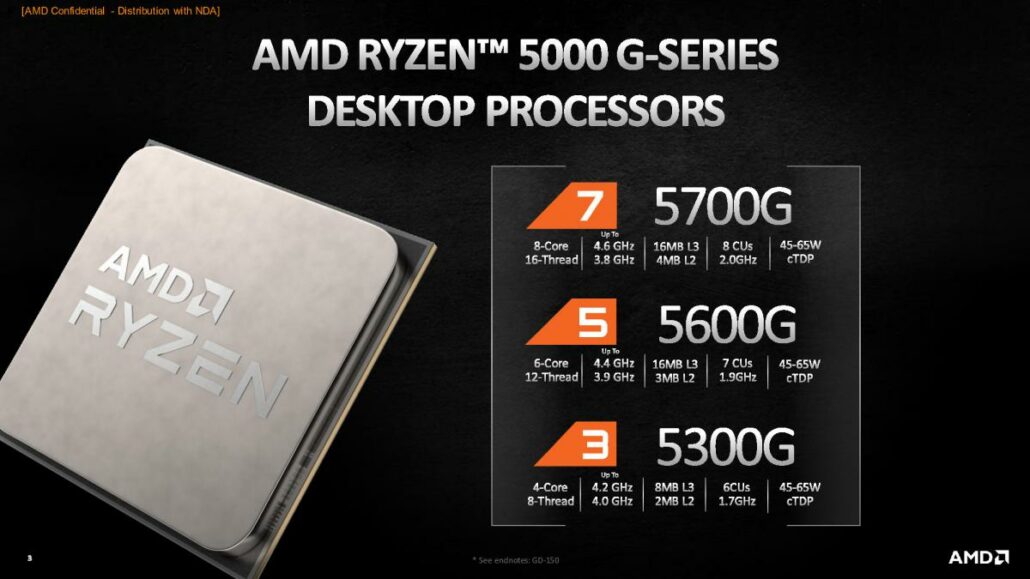 70 70 |
Red Dead Redemption 2 (2019)
| Low, 1280×720 | 4.10 |
Star Wars Jedi Fallen Order (2019)
| Medium, 1920×1080 | 4.80 |
Need for Speed Heat (2019)
| Low, 1280×720 | 7.10 |
Ghost Recon Breakpoint (2019)
| Low, 1280×720 | 5.00 |
Borderlands 3 (2019)
| Low, 1280×720 | 8.20 |
Control (2019)
| Low, 1280×720 | 8.10 |
Counter-Strike: GO (2012)
| Low, 1024×768 | 28.80 |
| Medium, 1366×768 | 20.85 |
| High, 1366×768 | 17.25 |
| Ultra, 1920×1080 | 13.20 |
Total War: Three Kingdoms (2019)
| Low, 1280×720 | 11. 80 80 |
F1 2019 (2019)
| Low, 1280×720 | 11.00 |
Anno 1800 (2019)
| Low, 1280×720 | 11.20 |
Dirt Rally 2.0 (2019)
| Low, 1280×720 | 26.30 |
Metro Exodus (2019)
| Low, 1280×720 | 7.20 |
Far Cry New Dawn (2019)
| Low, 1280×720 | 3.00 |
Apex Legends (2019)
| Low, 1280×720 | 12.30 |
World of Tanks enCore (2018)
| Low, 1366×768 | 80.30 |
| Medium, 1920×1080 | 10.70 |
Just Cause 4 (2018)
| Low, 1280×720 | 10.00 |
Darksiders III (2018)
| Low, 1280×720 | 20.60 |
| Medium, 1920×1080 | 5. 20 20 |
Farming Simulator 19 (2018)
| Low, 1280×720 | 32.40 |
| Medium, 1920×1080 | 11.70 |
Hitman 2 (2018)
| Low, 1280×720 | 6.60 |
Call of Duty Black Ops 4 (2018)
| Low, 1280×720 | 8.80 |
Assassin’s Creed Odyssey (2018)
| Low, 1280×720 | 9.00 |
Shadow of the Tomb Raider (2018)
| Low, 1280×720 | 11.00 |
F1 2018 (2018)
| Low, 1280×720 | 12.00 |
Monster Hunter World (2018)
| Low, 1280×720 | 2.50 |
Far Cry 5 (2018)
| Low, 1280×720 | 3.00 |
X-Plane 11.11 (2018)
| Low, 1280×720 | 12. 20 20 |
Kingdom Come: Deliverance (2018)
| Low, 1280×720 | 7.30 |
Final Fantasy XV Benchmark (2018)
| Low, 1280×720 | 6.80 |
ELEX (2017)
| Low, 1280×720 | 8.90 |
Middle-earth: Shadow of War (2017)
| Low, 1280×720 | 15.00 |
Team Fortress 2 (2017)
| Low, 1280×720 | 23.00 |
| Medium, 1366×768 | 22.60 |
Dirt 4 (2017)
| Low, 1280×720 | 29.40 |
Rocket League (2017)
| Low, 1280×720 | 31.30 |
Ghost Recon Wildlands (2017)
| Low, 1280×720 | 9.70 |
For Honor (2017)
| Low, 1280×720 | 15.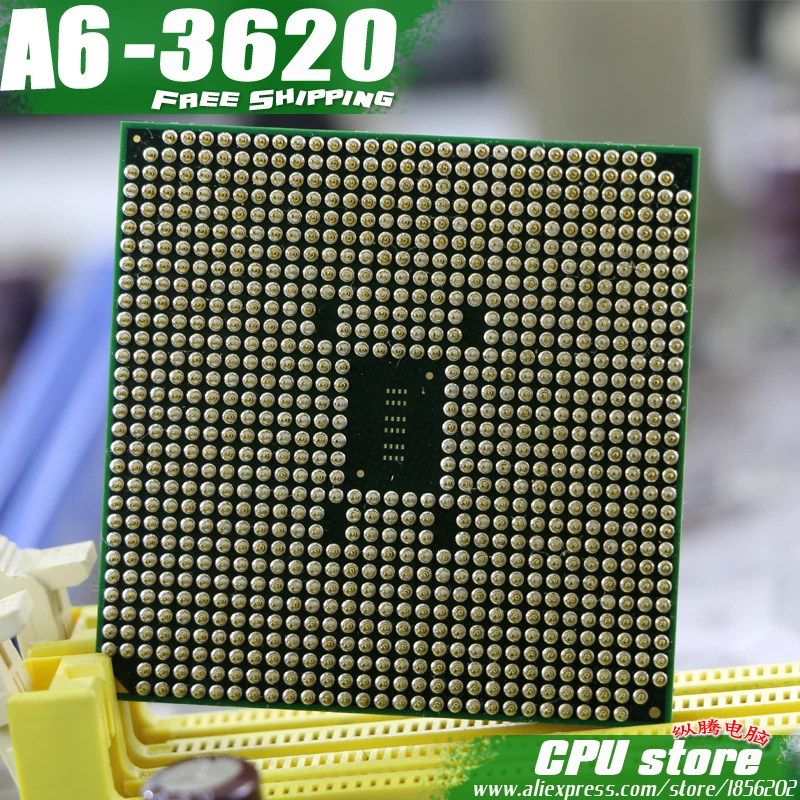 10 10 |
Resident Evil 7 (2017)
| Low, 1280×720 | 24.30 |
| Medium, 1920×1080 | 18.00 |
Farming Simulator 17 (2016)
| Low, 1280×720 | 38.00 |
| Medium, 1366×768 | 24.80 |
Civilization VI (2016)
| Low, 1024×768 | 27.30 |
Battlefield 1 (2016)
| Low, 1280×720 | 8.20 |
Deus Ex Mankind Divided (2016)
| Low, 1280×720 | 8.40 |
Overwatch (2016)
| Low, 1280×720 | 20.70 |
| Medium, 1366×768 | 16.90 |
Ashes of the Singularity (2016)
| Low, 1280×768 | 7.30 |
World of Warships (2015)
| Low, 1366×768 | 30.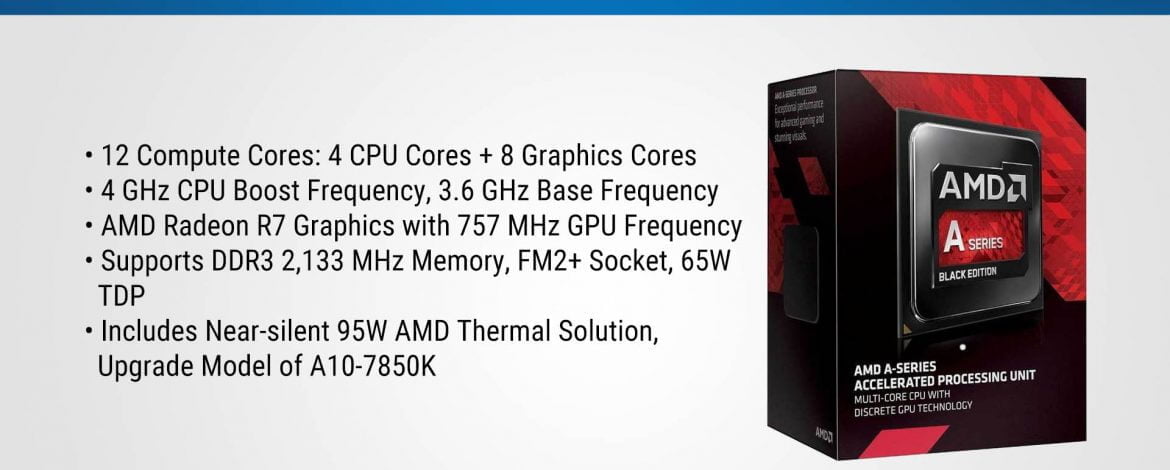 00 00 |
| Medium, 1366×768 | 22.10 |
Dota 2 Reborn (2015)
| Low, 1280×720 | 32.30 |
| Medium, 1366×768 | 19.00 |
Dirt Rally (2015)
| Low, 1024×768 | 48.80 |
| Medium, 1366×768 | 16.20 |
Dragon Age: Inquisition (2014)
| Low, 1024×768 | 15.10 |
| Medium, 1366×768 | 10.90 |
Middle-earth: Shadow of Mordor (2014)
| Low, 1280×720 | 18.10 |
| Medium, 1344×756 | 11.60 |
Sims 4 (2014)
| Low, 1024×768 | 76.30 |
| Medium, 1366×768 | 21.30 |
| High, 1920×1080 | 6.90 |
Thief (2014)
| Low, 1024×768 | 6.40 |
| Medium, 1366×768 | 4. 90 90 |
| High, 1366×768 | 4.20 |
BioShock Infinite (2013)
| Low, 1280×720 | 26.10 |
| Medium, 1366×768 | 12.70 |
| High, 1366×768 | 10.55 |
| Ultra, 1920×1080 | 4.12 |
Tomb Raider (2013)
| Low, 1024×768 | 31.70 |
| Medium, 1366×768 | 16.30 |
| High, 1366×768 | 11.00 |
| Ultra, 1920×1080 | 3.70 |
Diablo III (2012)
| Low, 1024×768 | 36.95 |
| Medium, 1366×768 | 25.75 |
| High, 1366×768 | 21.75 |
| Ultra, 1920×1080 | 10.80 |
The Elder Scrolls V: Skyrim (2011)
| Low, 1280×720 | 25.70 |
| Medium, 1366×768 | 16.50 |
| High, 1366×768 | 11.30 |
Deus Ex Human Revolution (2011)
| Low, 1024×768 | 47.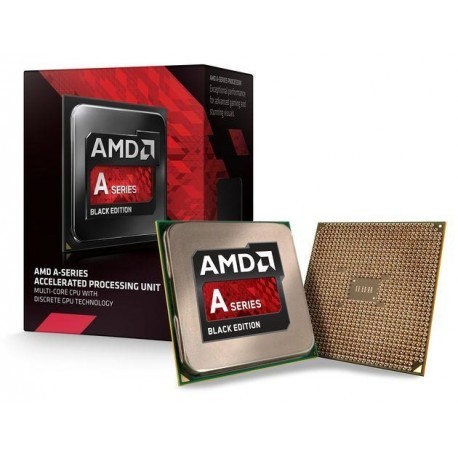 70 70 |
| High, 1366×768 | 21.90 |
StarCraft 2 (2010)
| Low, 1024×768 | 89.90 |
| Medium, 1360×768 | 24.10 |
Trackmania Nations Forever (2008)
| Low, 640×480 | 92.10 |
| High, 1024×768 | 20.30 |
| Ultra, 1920×1080 | 6.60 |
Specifications (specs)
| Architecture codename | Beema |
| Family | AMD A-Series Processors |
| Launch date | 29 April 2014 |
| OPN PIB | |
| OPN Tray | AM6310ITJ44JBD |
| Place in performance rating | 2298 |
| Series | AMD A6-Series APU for Laptops |
| Vertical segment | Laptop |
| 64 bit support | |
| Base frequency | 1. 8 GHz 8 GHz |
| Die size | 107 mm |
| L1 cache | 128 KB |
| L2 cache | 2 MB |
| Manufacturing process technology | 28 nm |
| Maximum core temperature | 90°C |
| Maximum frequency | 2.4 GHz |
| Number of cores | 4 |
| Number of threads | 4 |
| Transistor count | 930 Million |
| Unlocked | |
|
|
|
| Max memory channels | 1 |
| Supported memory frequency | 1866 MHz |
| Supported memory types | DDR3L-1865 |
| Enduro | |
| Graphics max frequency | 800 MHz |
| iGPU core count | 128 |
| Processor graphics | AMD Radeon R4 Graphics |
| Switchable graphics | |
| Unified Video Decoder (UVD) | |
| Video Codec Engine (VCE) | |
| DisplayPort | |
| HDMI | |
| DirectX | 12 |
| Vulkan | |
| Sockets supported | FT3b |
| Thermal Design Power (TDP) | 15 Watt |
| PCI Express revision | 2.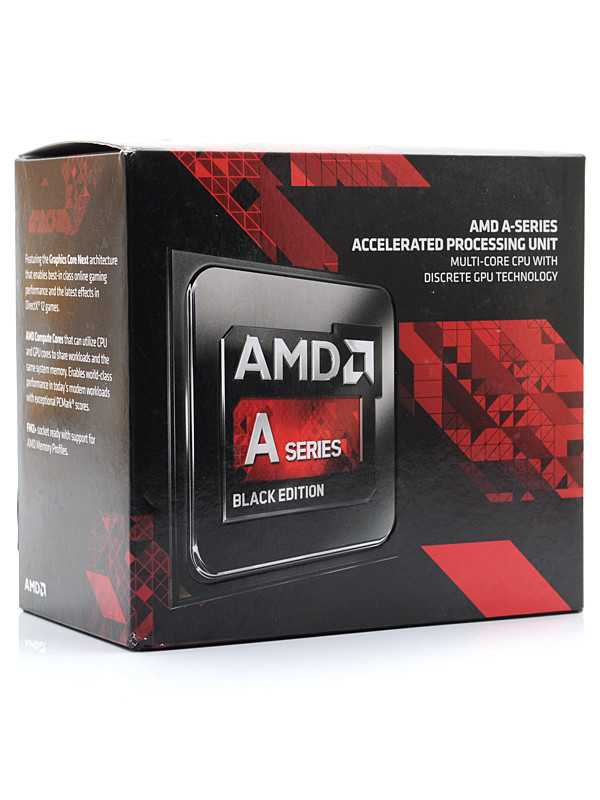 0 0 |
| AMD App Acceleration | |
| AMD Elite Experiences | |
| AMD HD3D technology | |
| Enhanced Virus Protection (EVP) | |
| Fused Multiply-Add (FMA) | |
| Fused Multiply-Add 4 (FMA4) | |
| Intel® Advanced Vector Extensions (AVX) | |
| Intel® AES New Instructions | |
| PowerGating | |
| PowerNow | |
| System Image Stability | |
| VirusProtect | |
| AMD Virtualization (AMD-V™) | |
IOMMU 2.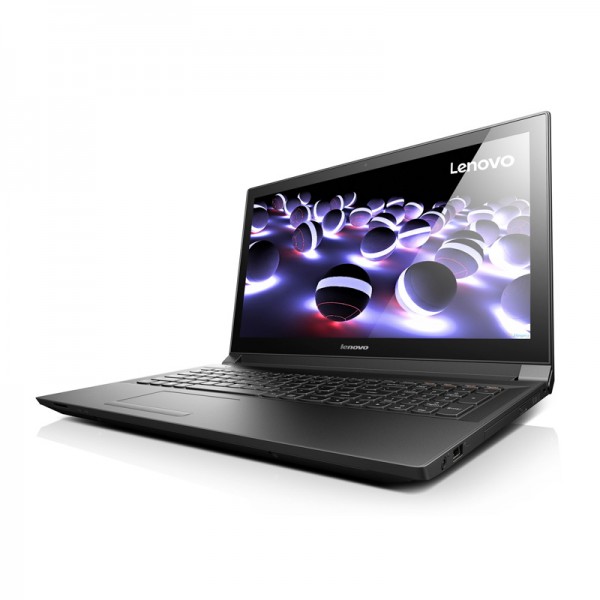 0 0 |
|
Processor AMD A6-6310
AMD has already taught us that really serious changes in its products occur only with a change in the technical process, but at each stage a couple of generations of chips are released: “regular” and “improved”. For example, 32 nm on the AM3 platform was given to the market by Zambezi and Vishera, and Richland and Trinity turned around for FM2. On the latest platform, the 28nm process also spawned Kaveri and Kaveri Refresh, but it is also used for low-power SoCs. What do we get? That’s right — Kabini and Beema. It cannot be said that this is exactly the same thing — if only because of the appearance of an additional ARM-core (Cortex-A5) Trusted Zone, which, however, has not yet been heard about by the software (especially since in this regard, representatives of the Beema line are still unique on the market, so the audience for such solutions is too narrow).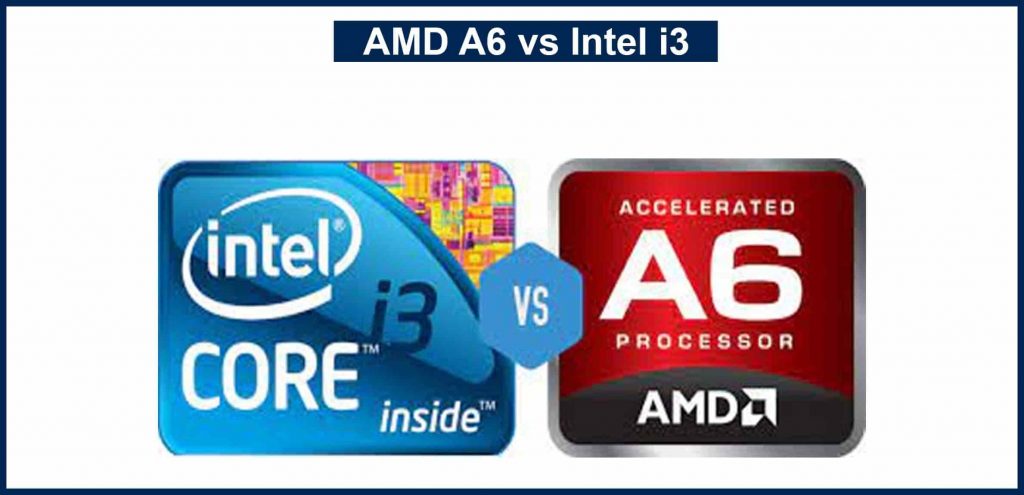 However, the «main» processor and graphics cores in Kabini and Beema look almost the same — up to steping, which usually allows you to slightly increase clock speeds and reduce power consumption just as slightly, but not at the same time. And there is one subtlety here: since there are a lot of blocks in modern processors and they are not loaded at the same time, improvements in dynamic frequency control can sometimes increase both performance and efficiency at once. This has been done in Beema, and at the same time, Turbo Core technology has returned to older APU models.
However, the «main» processor and graphics cores in Kabini and Beema look almost the same — up to steping, which usually allows you to slightly increase clock speeds and reduce power consumption just as slightly, but not at the same time. And there is one subtlety here: since there are a lot of blocks in modern processors and they are not loaded at the same time, improvements in dynamic frequency control can sometimes increase both performance and efficiency at once. This has been done in Beema, and at the same time, Turbo Core technology has returned to older APU models.
Total? It is easiest to evaluate it by the tops of the families. The best (in terms of performance) Kabini in the BGA version is the A6-5200 we have repeatedly studied: four processor cores at 2 GHz and 128 GPUs running at 600 MHz. In the new family, the flagship is the A8-6410, where “only” is the same, but the GPU is already running at 800 MHz, and the frequency of processor cores can increase from 2 to 2.4 GHz.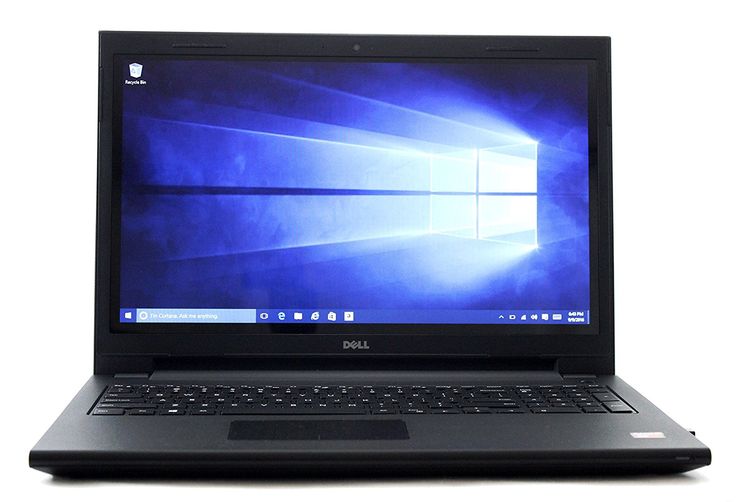 It seems to be not so much, but this comparison is not entirely correct, since the A8-6410 also has a lower TDP — 15 W instead of 25. And what could be put into 15 W within the framework of Kabini? Just A4-5100 — 1.55 GHz processor and graphics cores and 497 MHz respectively. That is, while maintaining the same heat pack, the theoretical performance can be one and a half times higher. Or, while maintaining the same level of performance, you can reduce the heat pack by 40%. The latter, for obvious reasons, is more relevant in this segment — after all, representatives of the Intel Bay Trail are limited to TDP of 10 W and below, and 25 W is already too close to the demands of «full-fledged» processor architectures.
It seems to be not so much, but this comparison is not entirely correct, since the A8-6410 also has a lower TDP — 15 W instead of 25. And what could be put into 15 W within the framework of Kabini? Just A4-5100 — 1.55 GHz processor and graphics cores and 497 MHz respectively. That is, while maintaining the same heat pack, the theoretical performance can be one and a half times higher. Or, while maintaining the same level of performance, you can reduce the heat pack by 40%. The latter, for obvious reasons, is more relevant in this segment — after all, representatives of the Intel Bay Trail are limited to TDP of 10 W and below, and 25 W is already too close to the demands of «full-fledged» processor architectures.
What about in practice? Some tests on our site have already been published in the laptop section, and both the A8-6410 and A6-6310 have already been spotted there. In practical terms, the system on the first APU scored 60 points in our tests, and on the second — 53.7 points: compare this with the 45.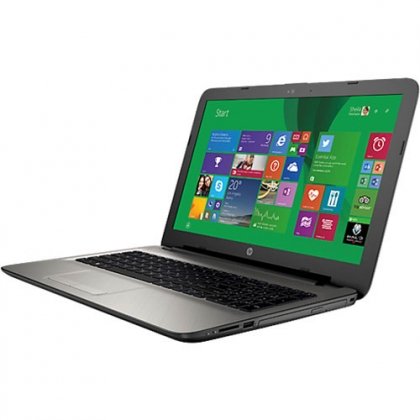 3 points of a laptop on the A4-5000, and everything will become clear. Moreover, both laptops on Beema managed to get ahead of the computer based on the «adult» APU A8-7100 — Kaveri with a TDP of 20 W (plus a separate chipset). In general, in the first approximation, everything is fine 🙂 And today we will compare the performance of the A6-6310 with some potential competitors in the same environment, since the corresponding results were obtained when testing the Foxconn NanoPC nT-ABM63 mini-PC.
3 points of a laptop on the A4-5000, and everything will become clear. Moreover, both laptops on Beema managed to get ahead of the computer based on the «adult» APU A8-7100 — Kaveri with a TDP of 20 W (plus a separate chipset). In general, in the first approximation, everything is fine 🙂 And today we will compare the performance of the A6-6310 with some potential competitors in the same environment, since the corresponding results were obtained when testing the Foxconn NanoPC nT-ABM63 mini-PC.
Test stand configuration
For obvious reasons, we are most interested in comparing BGA processors with each other, since they can be used in the same conditions. Especially when it comes to comparing AMD and Intel devices: for Bay Trail-D and Beema, the conditions can be more similar than for them and the older Kabini (since the heat pack is noticeably different). Accordingly, our main characters today will be Pentium J2900, A6-5200 and A6-6310.
| 4/4 | 4/4 | |||||
cache L1 (sums.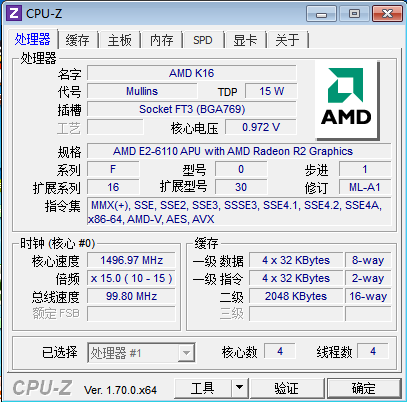 ), I/D, KB ), I/D, KB |
128/96 | 128/128 | 128/128 | |||
| L2 cache, KB | 2048 | 2048 | ||||
| cache L3, MIB | — | — | ||||
| RAM | 2 × DDR3-1333 | |||||
| TDP W | 10 | 25 | USB | 1×3.0+4×2.0 | 2×3.0+8×2.0 | 2×3.0+8×2.0 |
I had to test in different from the reference conditions. Nettop Foxconn nT-iBT29 on J2900 is equipped with only one memory slot, so this processor was tested in single-channel mode. Our board with the A6-5200 does not want to work with DDR3-1600 — it has also been mentioned more than once. Unfortunately, the same problem overtook us with the Foxconn NanoPC nT-ABM63: officially, the APU supports everything up to DDR3L-1866, the mini-PC itself, according to specifications, up to DDR3L-1600, but with the DDR3L-2133 modules we have, it does not earned at all, but DDR3-1600 was not found.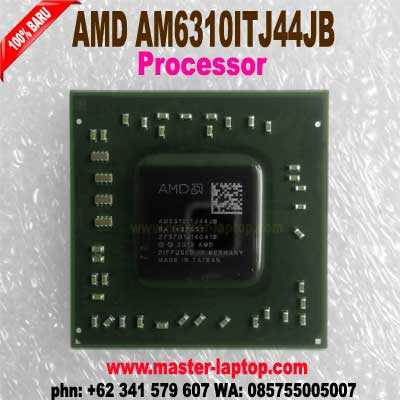 On the other hand, from the point of view of comparison as a comparison, this is not so bad: as a result, all three processors worked with exactly the same memory — 4 GB DDR3-1333 in single-channel mode. They can do more — especially the Pentium J2
On the other hand, from the point of view of comparison as a comparison, this is not so bad: as a result, all three processors worked with exactly the same memory — 4 GB DDR3-1333 in single-channel mode. They can do more — especially the Pentium J2
Test methodology
To evaluate performance, we used our performance measurement methodology using iXBT Notebook Benchmark v.1.0 and iXBT Game Benchmark v.1.0. We normalized all test results in the iXBT Notebook Benchmark v.1.0 against the results of Pentium G3250 with 8 GB of memory and Intel SSD 520,240 GB, while the method of calculating the integral result remained unchanged. Another program that we, like last time, added to the test suite is the Basemark CL 1.0.1.4 benchmark, created to measure the performance of OpenCL code.
iXBT Notebook Benchmark v.1.0
This program «loads» everything that is possible with work, so it also depends to a certain extent on the speed of working with memory, but it is clearly seen that, under equal conditions, the A6-6310, nevertheless, does not a competitor to neither the older Kabini nor the Bay Trail-D.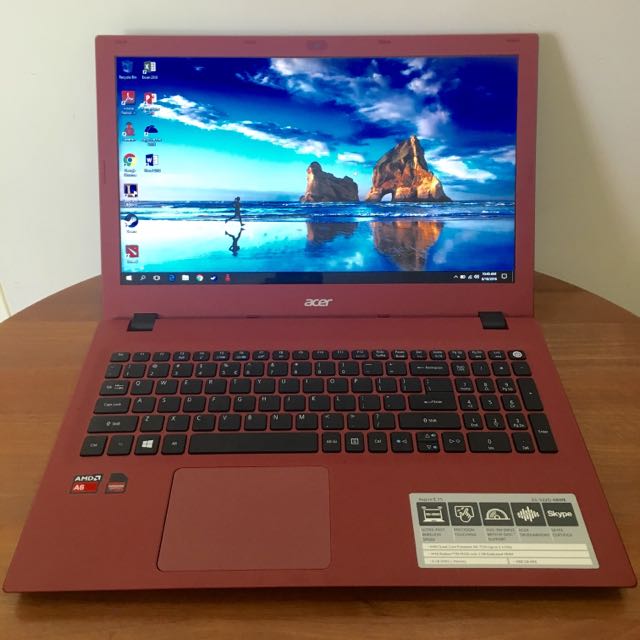 Even if you «throw» 10 percent, this is still not enough. But he overtakes some models, and not being the top model in the family. And no one expected a breakthrough to a new level.
Even if you «throw» 10 percent, this is still not enough. But he overtakes some models, and not being the top model in the family. And no one expected a breakthrough to a new level.
The alignment is similar here. But even without adjusting for memory, the A6-6310 confidently keeps between the Athlon 5150 and 5350, which is not bad in terms of intraspecific competition: the 5150 is the third in terms of performance in the family and faster than the Kabini with a TDP of 15 W and lower.
As we have noted, some of the Photoshop filters we use support OpenCL, and the video core in the A6-6310 runs at a higher frequency than in Kabini. As a result, the processor still did not catch up with the A6-5200, but got as close as possible to it. And more importantly, he managed to overtake the Pentium J2900, although in his case the heat pack is already comparable to a typical Bay Trail-D.
And here is the case when the A6-6310 managed to overtake almost everyone. The reason is clear — although Audition is able to use multithreading, it does it very sluggishly — our study showed that with an increase in the number of available hardware execution threads six times, the performance in this program only doubles. What is it connected with? With the fact that most of the time one or two computing threads are running, which allows the A6-6310 to increase its frequency up to 2.4 GHz — much more than the best Kabinis. However, it may not do this all the time during the test, and the memory limitations in our configuration affect, but the performance of the technology has been clearly verified. And taking into account the fact that mass-purpose software, which “loads” only one or two cores, a wagon and a small cart, this state of affairs can only be welcomed.
What is it connected with? With the fact that most of the time one or two computing threads are running, which allows the A6-6310 to increase its frequency up to 2.4 GHz — much more than the best Kabinis. However, it may not do this all the time during the test, and the memory limitations in our configuration affect, but the performance of the technology has been clearly verified. And taking into account the fact that mass-purpose software, which “loads” only one or two cores, a wagon and a small cart, this state of affairs can only be welcomed.
All cores are involved here (except for graphic cores :)) — accordingly, the performance is proportional to the «base» clock frequency. But this is also a good result — after all, the A6-6310 is not the older model with a TDP of 15 W in the new family, and in our testing it has to compete with the more voracious Kabinis.
Another excellent result due to the fact that unpacking archives is still a single-threaded operation — thanks to the Turbo Core, the A6-6310 managed to overtake even the Athlon 5350, which works with faster memory.
Once again, we state the fact that, first of all, the results of this test depend not on the processor, but on its environment. Well, this part of the SoC was obviously not changed 🙂
Quite a decent overall result — we forced the “second from the top” Beema model with a TDP of 15 W to compete with the 25 W Kabini and it turned out to be not the slowest 🙂 Not the fastest, however, but what it will be so — there was no doubt. And with the Pentium J2900, the new APUs can at least be fully compared — after all, they can be used in equally compact systems.
OpenCL
There will be a lot of such code — Bay Trail-D will look very pale. Yes, this also applies to Kabini: even the use of slower memory did not prevent the A6-6310 from overtaking all models of the previous family. True, the new Core i5 looms on the horizon, but this is a completely different price class.
Games
In games, the progress of the graphics core is also visible (despite the slow memory), but it is equally clear that all surrogate platforms are even less suitable for such an application than some banal desktop Celeron or, moreover, A4: )
Total
What do we have in the bottom line? The miracle did not happen, but the modernization of the family can only be welcomed: the new line is becoming more productive and more economical than the old one.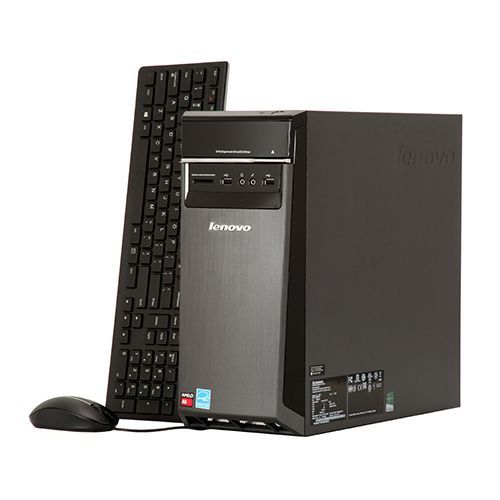 The performance of older models of two generations, however, is similar, but there, on the other hand, the heat pack has decreased to quite decent values, suitable for compact systems or netbooks. In general, when used correctly, these APUs have a great chance of success. At least partial — «15-inch» laptops on such a platform can only be called a perversion, but the use of Brazos processors in this segment was an even greater outrage against common sense. So, as usual, a lot depends on the manufacturers of end products — AMD has done its part of the work. And it did well, and with the ability to potentially improve consumer characteristics for other segments — for example, the AM1 “socket” platform: it is obvious that with a less limited heat pack (and the standard for such a performance is 25 W), Beema can work a little faster. However, one cannot count on radical breakthroughs, however, the updated Athlons can consistently overtake all Bay Trail-D representatives, which will somewhat increase competition in the compact computer segment, which will only benefit their customers.
The performance of older models of two generations, however, is similar, but there, on the other hand, the heat pack has decreased to quite decent values, suitable for compact systems or netbooks. In general, when used correctly, these APUs have a great chance of success. At least partial — «15-inch» laptops on such a platform can only be called a perversion, but the use of Brazos processors in this segment was an even greater outrage against common sense. So, as usual, a lot depends on the manufacturers of end products — AMD has done its part of the work. And it did well, and with the ability to potentially improve consumer characteristics for other segments — for example, the AM1 “socket” platform: it is obvious that with a less limited heat pack (and the standard for such a performance is 25 W), Beema can work a little faster. However, one cannot count on radical breakthroughs, however, the updated Athlons can consistently overtake all Bay Trail-D representatives, which will somewhat increase competition in the compact computer segment, which will only benefit their customers.

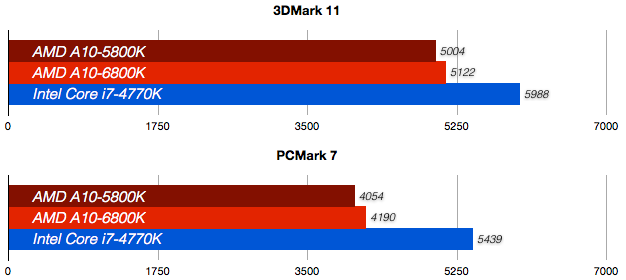 237 Frames/s
237 Frames/s 760 mHash/s
760 mHash/s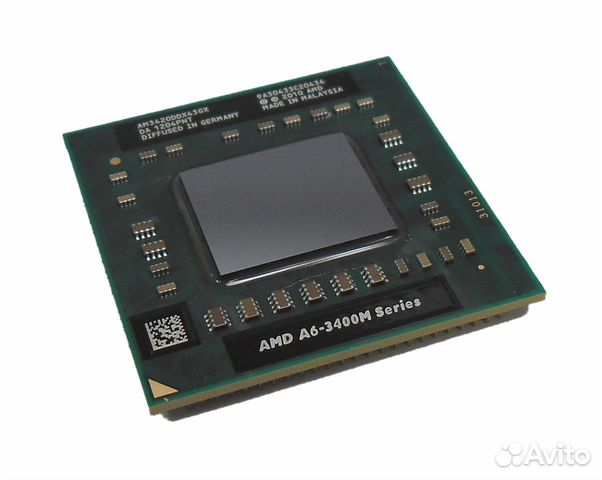 000 Fps
000 Fps